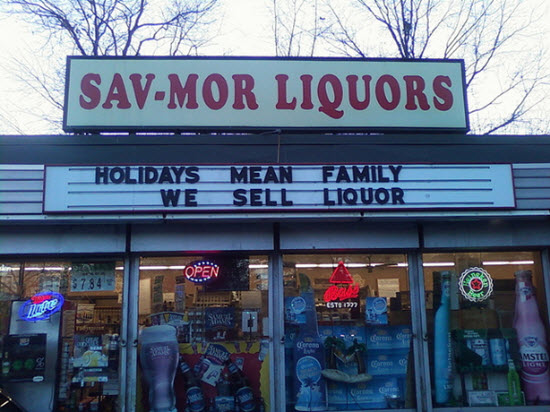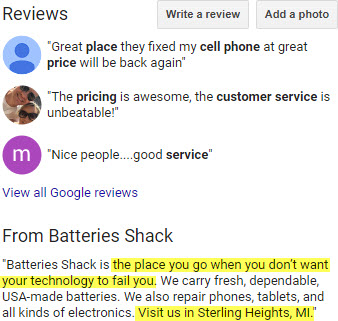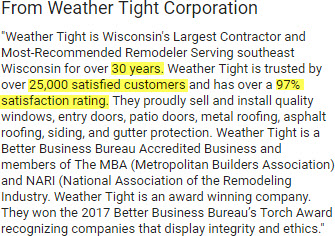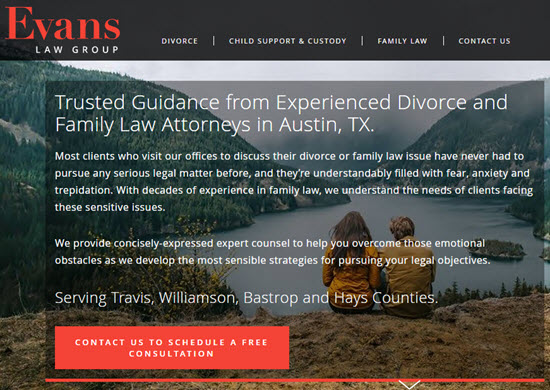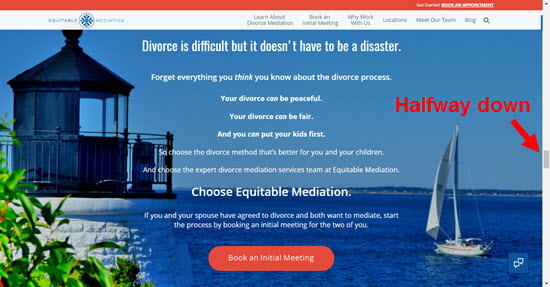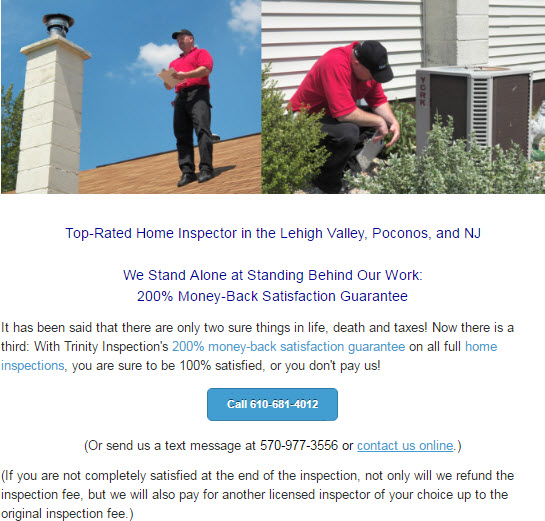Few business owners have used the Google My Business “description” field, now that it’s returned. Even fewer make their description do any work.
Google wiped out businesses’ descriptions when it retired GMB descriptions a couple of years ago. Most ranged from spam to clutter. Given the cyclical nature of everything in Google Maps, I’m sure it’s just a matter of time before every business on the local map has a Cheez Whiz description again.
Until then, you can craft a GMB description that makes more of the right people more likely to take the next step you want them to. Also, if users’ behavior matters to Google at all, a sticky description may help your rankings over time. (To add a description, just log into your Google My Business dashboard and go to the “Info” section. Thanks to Paul for reminding me to mention that.)
I can think of 5 basic types of descriptions I’ve seen (or helped create), each with different approaches to the same goal. Here are 5 species of Google My Business descriptions that might work for you:
Kill-Shot
This type of description is brief, gets across your USP, and asks the searcher to take the next step.
Different call-to-action here – a baby step:
For a bricks-and-mortar store, you might want to deploy a “come on down”:
You and Me
The “You and Me” sounds like its name: in it you don’t talk about your business or about customers in the third-person voice. It’ll sound less stuffy, if you do it right.
Saying “we” / “us” / “our” might also work.
The above example is from Mike Blumenthal’s most-visible client – often among the first to make good use of new Google My Business features.
Strength in Numbers:
Your GMB description is a good place to wheel out impressive numbers and other specifics.
Brass Tacks
Google gives you 750 characters, and shows the first 250 characters before truncating your description, but maybe you don’t need that many characters to say exactly what you do.
In this kind of description, you assume the right searcher knows what the next step is. That’s one difference between it at the “Kill-Shot.” The other difference is that the “Brass Tacks” description is more matter-of-fact and less emotion-driven.
Carpe Diem (AKA “The Homepage away from Home”)
The opposite of the “Brass Tacks,” in this type of description you don’t save info for your landing page. You don’t assume people will make it that far, so you rip through your main selling points. You see your description (and the whole sidebar it’s in) as some customers see it and as Google wants everyone to see it: as your new homepage.
—
What kind of description is yours?
Any great examples you’ve run across?
Leave a comment!
